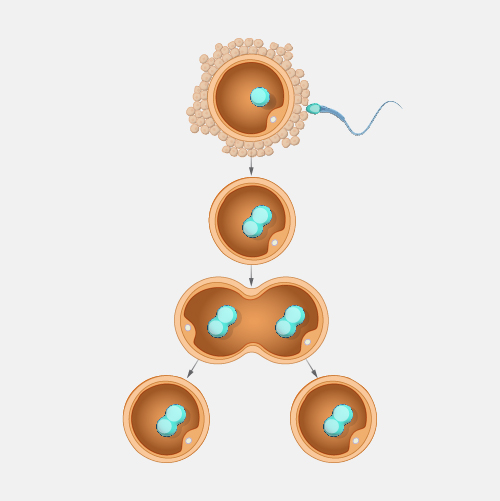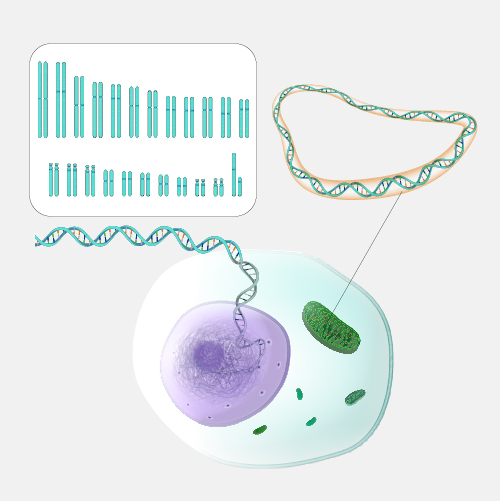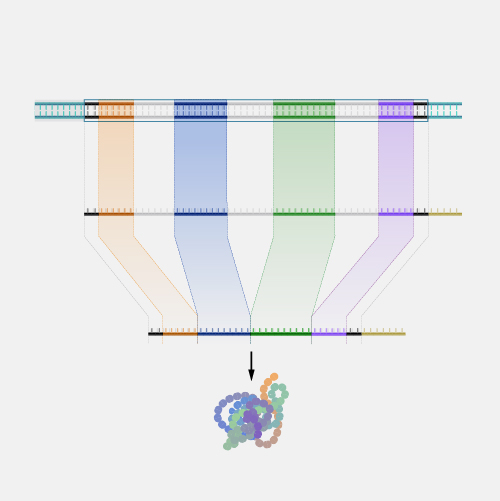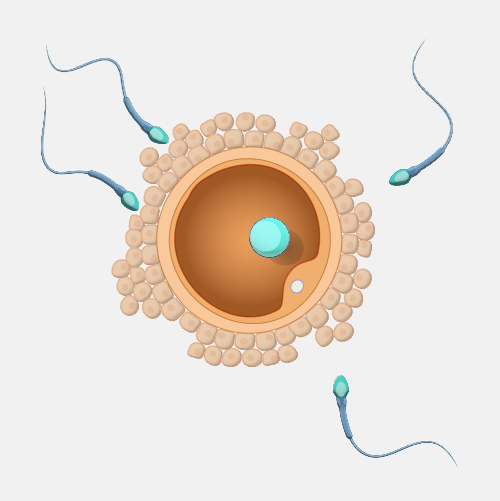
Fraternal Twins
Definition
Fraternal twins (also called dizygotic twins) result from the fertilization of two separate eggs with two different sperm during the same pregnancy. Fraternal twins may not have the same sex or appearance. They share half their genomes, just like any other siblings. In contrast, identical twins (or monozygotic twins) result from the fertilization of a single egg by a single sperm, with the fertilized egg then splitting into two. As a result, identical twins share the same genomes and are always the same sex.
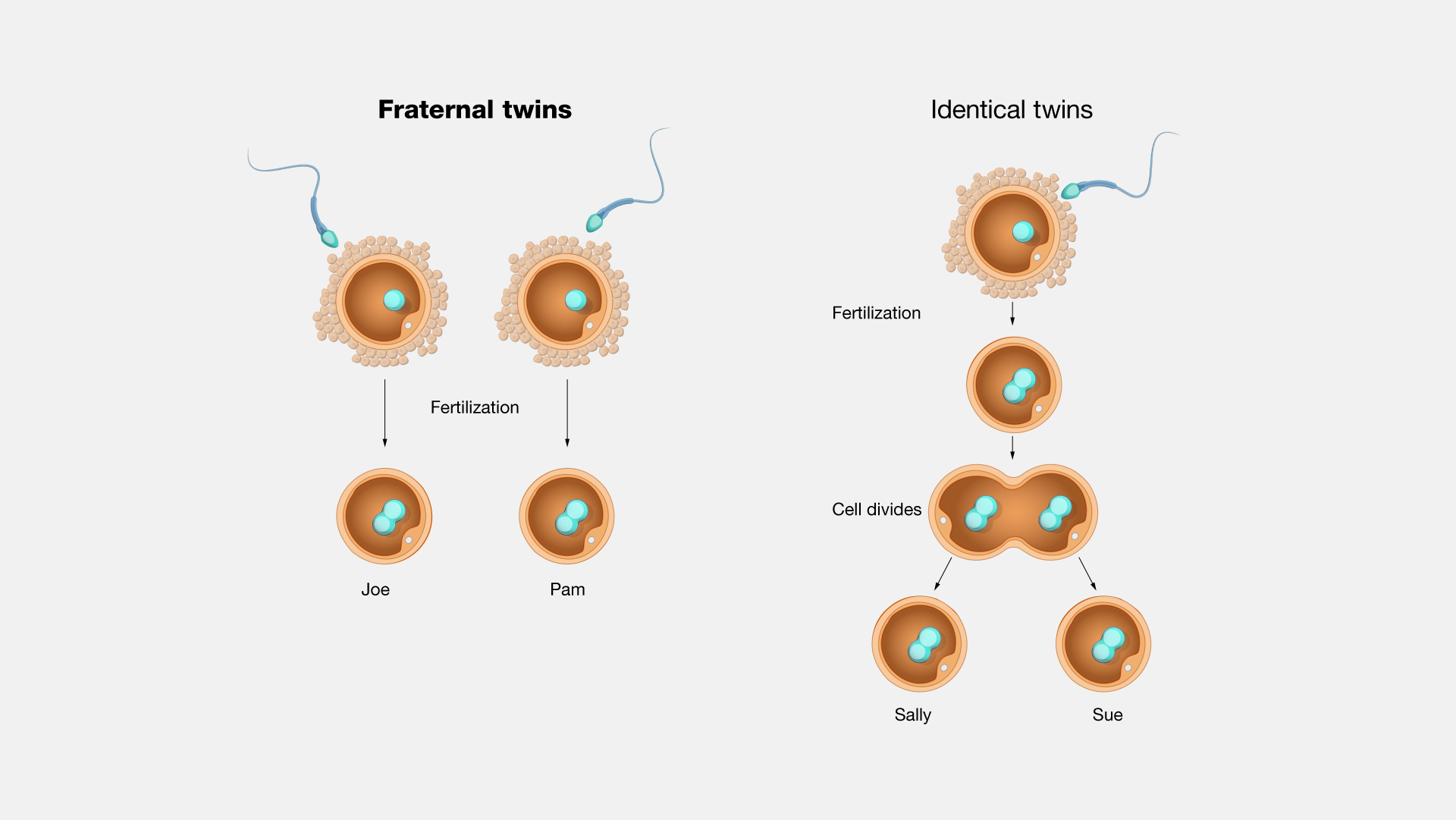
Narration
Fraternal twins are also called dizygotic twins. And the difference between fraternal and identical twins is that fraternal twins derive from two different eggs. Fraternal twins may be the same gender, they may have many of the same characteristics, but also may be very different from each other and, in fact, share half of their genes just like their sisters and brothers. It's important to recognize that the difference between fraternal twins and monozygotic, or identical twins, is that monozygotic twins result from the fertilization of a single egg with a single sperm and then during the embryonic development, or during the cell splits, those massive eggs split into two individuals, which later develop into two offspring.

